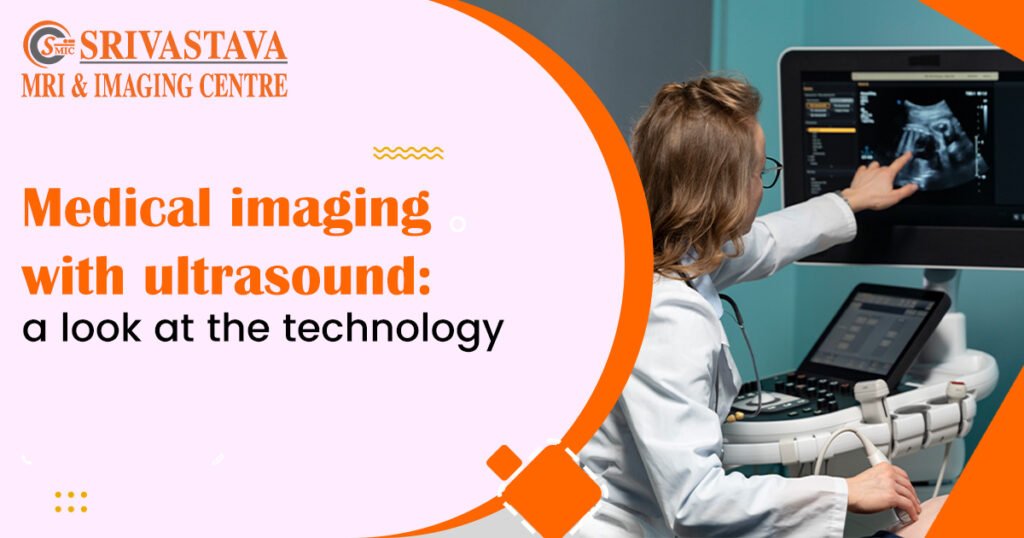In the realm of modern healthcare, the evolution of medical imaging has revolutionized diagnosis and treatment. Among the array of imaging techniques, ultrasound stands out as a cornerstone, offering non-invasive insights into the human body’s intricate structures. Let’s embark on a journey to understand the essence of ultrasound technology and its pivotal role in healthcare.
Ultrasound, also known as sonography, utilizes high-frequency sound waves to produce real-time images of internal organs, tissues, and blood flow patterns. Unlike other imaging modalities such as X-rays or CT scans, ultrasound does not involve ionizing radiation, making it safer for patients, especially pregnant women and children.
The versatility of ultrasound extends across various medical specialities, from obstetrics and gynaecology to cardiology, urology, and beyond. It enables clinicians to visualize fetal development during pregnancy, assess cardiac function, diagnose abdominal disorders, and guide interventional procedures with precision.
At the forefront of this technology are state-of-the-art facilities like Srivastava MRI & Imaging Centre, where cutting-edge ultrasound equipment and expertise converge to deliver superior healthcare outcomes. Situated in the heart of Delhi, this centre exemplifies excellence in diagnostic imaging, catering to the diverse needs of patients across the region.
In bustling locales like Kalkaji, the demand for advanced medical services drives the establishment of specialized hubs such as the Ultrasound Centre in Kalkaji. Here, patients benefit from the seamless integration of technology and clinical expertise, ensuring accurate diagnoses and personalized care.
The fundamental principle underlying ultrasound imaging lies in the transmission and reception of sound waves. A transducer, placed against the skin, emits these waves into the body, where they encounter different tissues, causing reflections. By analyzing the echoes produced, sophisticated computer algorithms generate detailed images in real time, allowing clinicians to visualize anatomical structures and detect abnormalities.
One of the most remarkable aspects of ultrasound technology is its dynamic nature. Unlike static images obtained from X-rays or CT scans, ultrasound provides real-time visualization, capturing the subtle movements and interactions within the body. This real-time feedback is invaluable during procedures such as biopsies, injections, and drainage of fluids, where precision is paramount.
Moreover, ultrasound offers unparalleled versatility in its ability to adapt to diverse clinical scenarios. Whether assessing a developing fetus, evaluating the integrity of blood vessels, or guiding the placement of needles during anaesthesia, its utility knows no bounds. This flexibility, coupled with its safety profile and cost-effectiveness, underscores the indispensable role of ultrasound in modern healthcare.
Despite its many advantages, ultrasound technology is not without limitations. Its efficacy can be influenced by factors such as patient body habitus, operator skill, and the presence of air or bone that may impede sound wave transmission. Furthermore, while ultrasound excels in visualizing superficial structures, its penetration depth may be insufficient for assessing deeper organs in certain cases.
In conclusion, medical imaging with ultrasound represents a remarkable fusion of technology and medicine, empowering healthcare professionals to delve into the inner workings of the human body with precision and clarity. As exemplified by establishments like Srivastava MRI & Imaging Centre the best Ultrasound Centre in Kalkaji, these advancements in diagnostic imaging continue to redefine the standards of patient care, ushering in an era of innovation and excellence.



